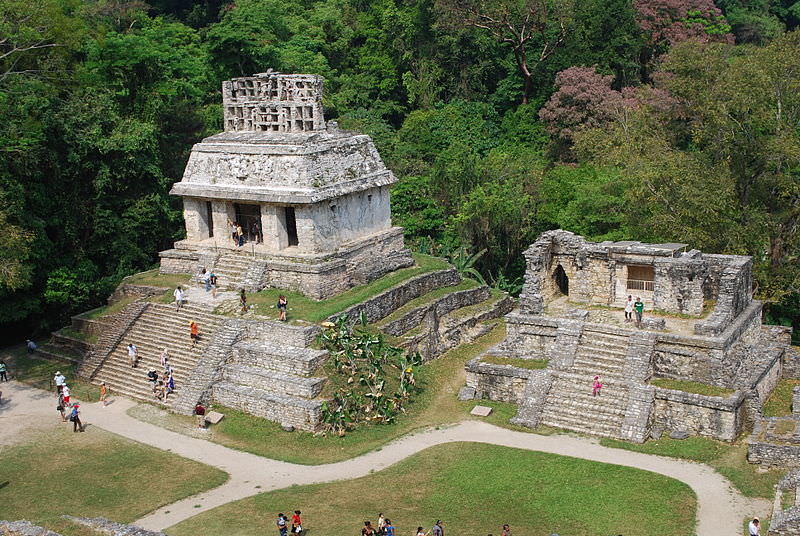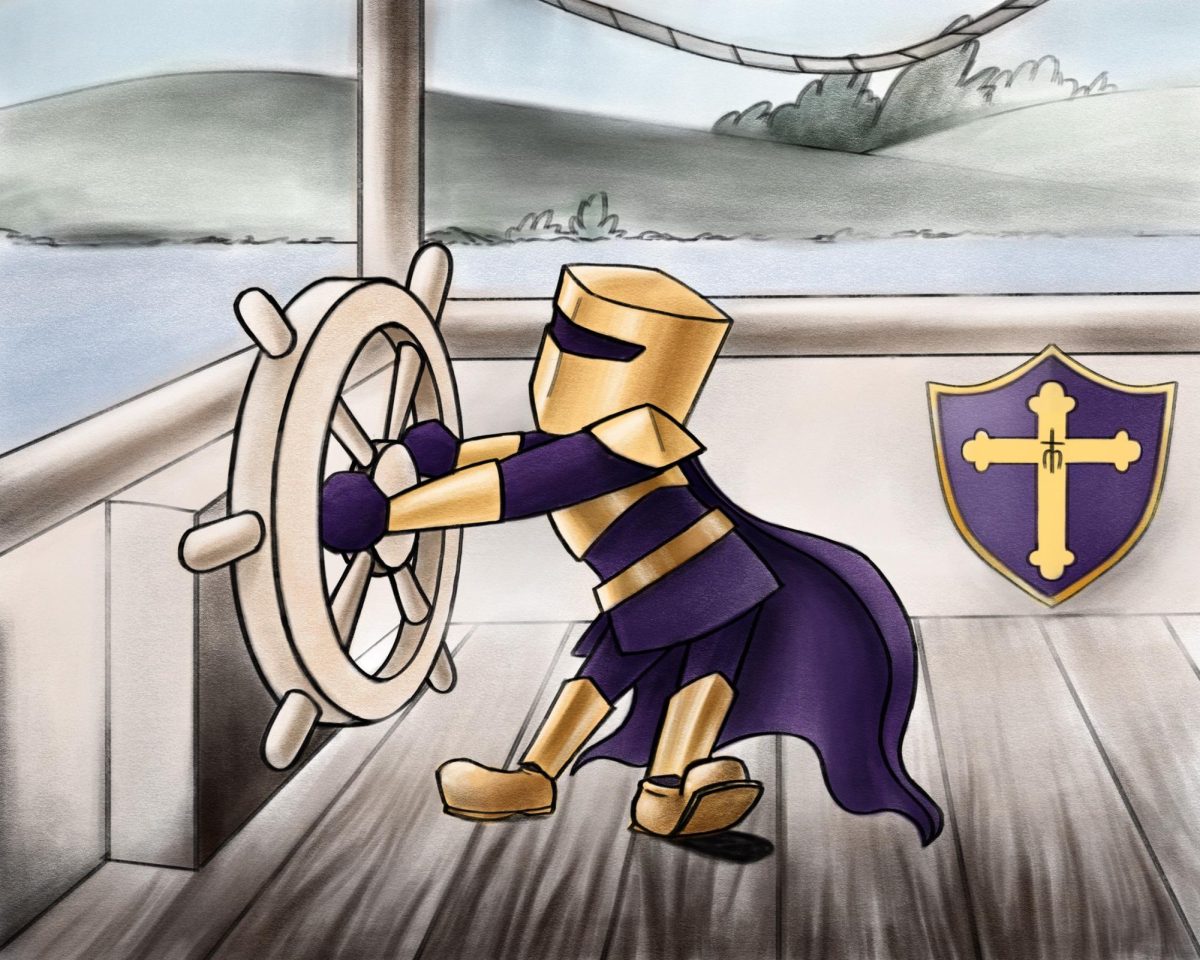Recently, the discovery of a lost ancient city in the South American Amazon is taking archaeologists by shock.
By using lidar technology, scientists were able to find pathways and networks hiding under all the Amazon’s vegetation. The lost city is supposedly larger than the Mayan society in Mexico and Central America.
As for the people who once lived there, scientists have not acquired a lot of knowledge about them. However, remains suggest that the societies were organized and connected through pathways and networks. The intricate pathways reveal the complexity of society.
Spanish teacher Armando Castillo says,”They coexisted with their environment, so they were able to create a sophisticated society.”
The lost city was found in the Upano area of eastern Ecuador.
AP World History teacher Bob Harrington states his theory on the Upano and Kilamope people. “I know there was a discovery in Ecuador and that tells me that maybe the Inca empire up in the Andes had a nearby trading partner down in the amazon. So it wouldn’t surprise me if archaeologists and historíans in the future establish a trading link between the Amazonian civilization and the andean civilization.”
The discovery of this city has changed the outlook of what scientists thought about people in the Amazon. Michael Mitchell ‘27 shared his opinion about Amazonian cities.
“I think about ancient ruins in the Amazon rainforest.”
Before, scientists thought of the Amazon people as nomads who only lived in small settlements, but this new discovery has changed views on the culture and civilization of Amazonian societies and cities.
Archaeologists determined that the city was developed around 2,5000 years ago and was inhabited by people up to 1,000 years. Scientists believe that the Kilamope and Upano people that used to live in the ancient city’s main focus was mostly agricultural. They ate maize, sweet potatoes, and drank chicha, a sweet beer. Scientists’ next steps going forward is to explore the rest of the land that has yet to be researched.













